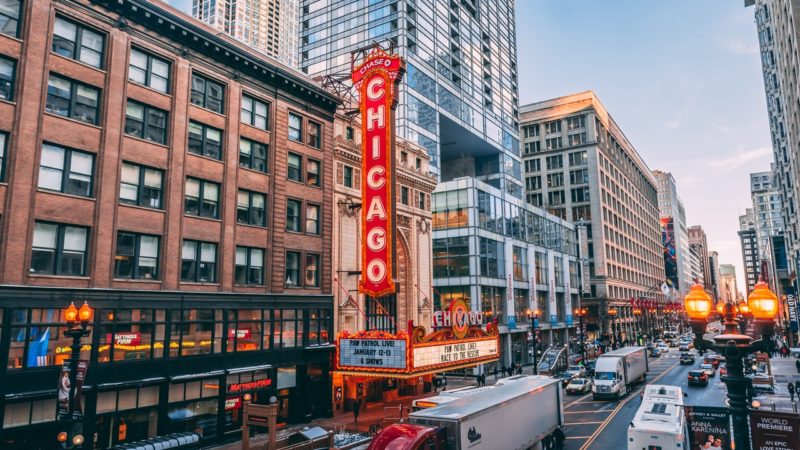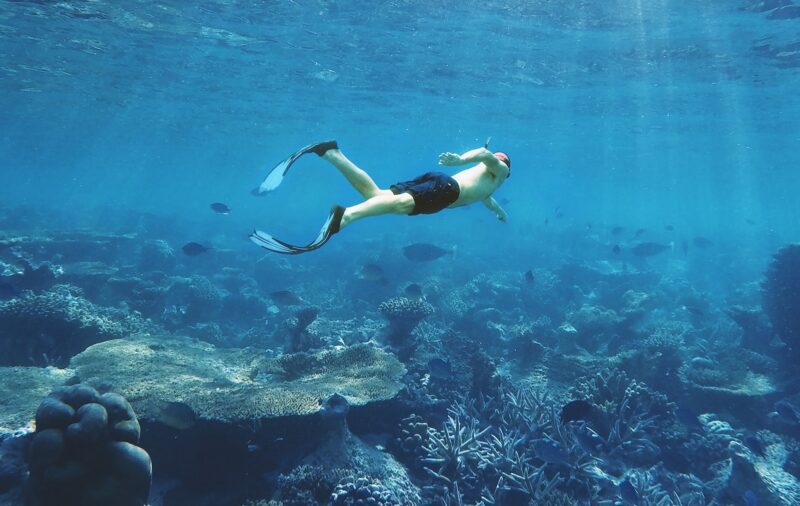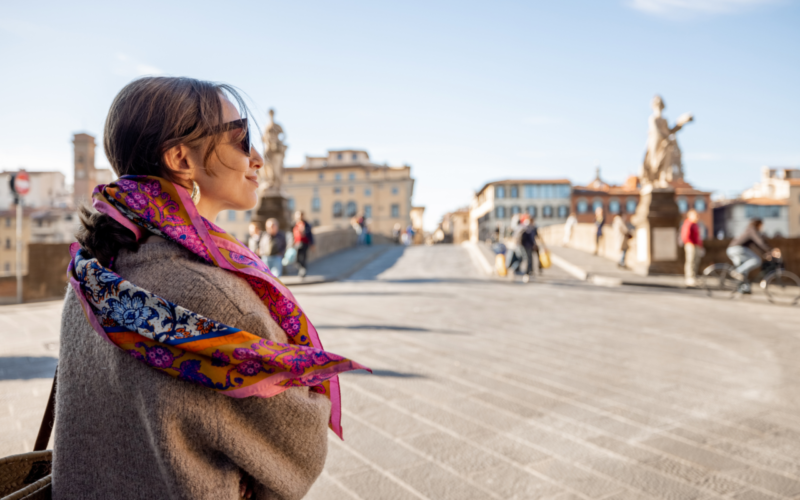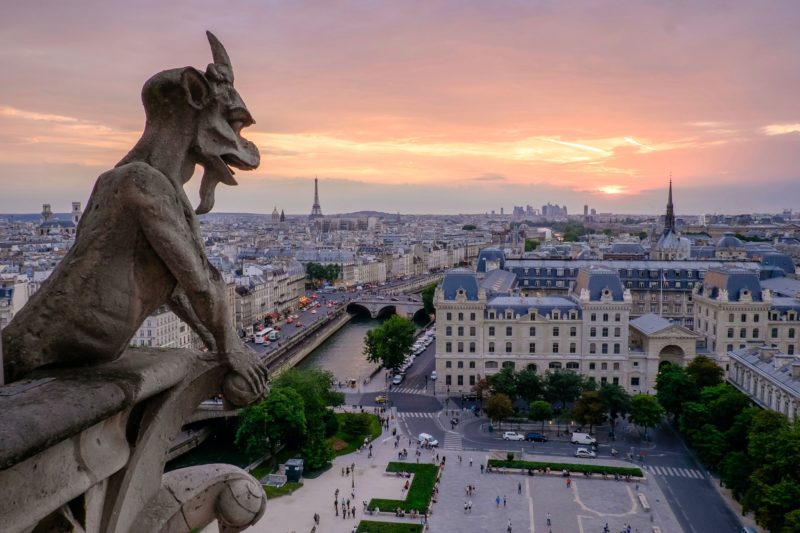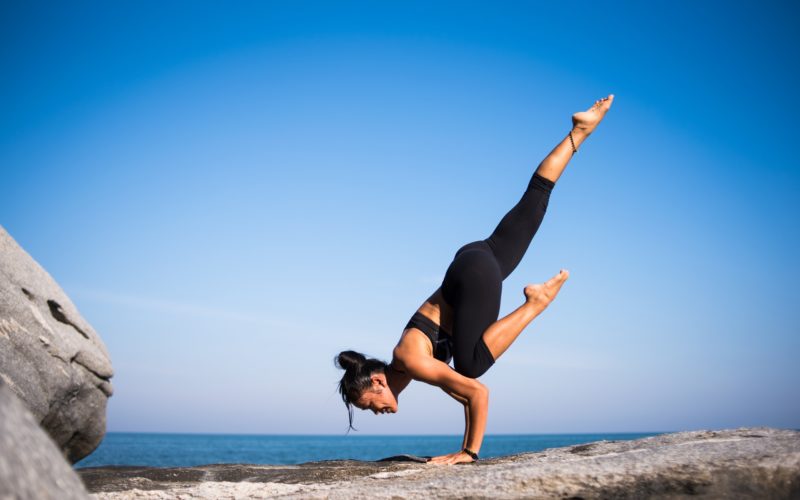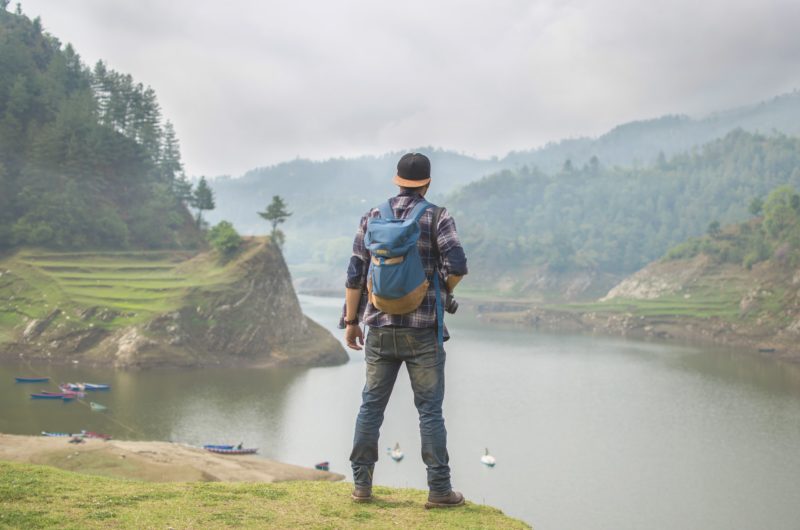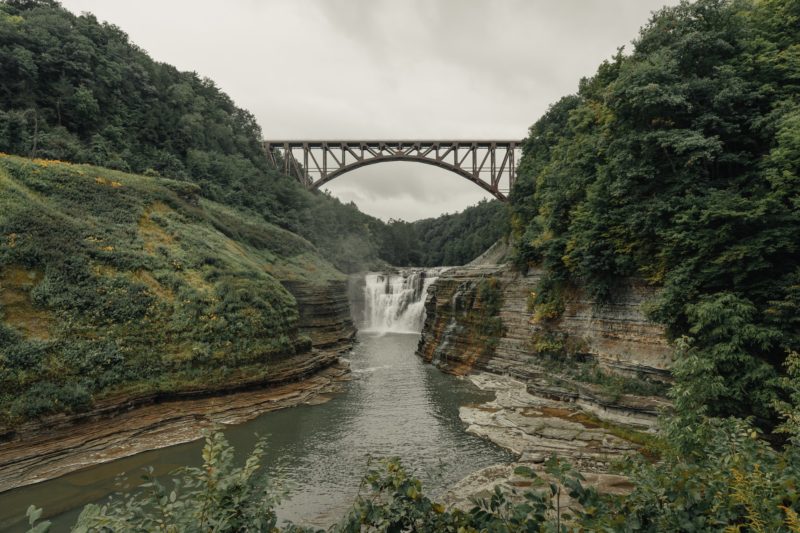From lakeshore sunrises to parting clouds that reveal glittering city skylines below, nature offers moments of quiet beauty every day. But every once in a while, nature pulls out all the stops and puts on an event of such epic scale that you can’t help but watch in awe – an animal migration. To witness thousands of animals trek overland to a new grazing area or millions of birds swooping through the air in search of a resting spot is a once-in-a-lifetime experience you’ll never forget. All it takes is the right combination of planning, luck, and good timing. This guide will tell you everything you’ve ever wanted to know about animal migration – what causes a wildlife migration, which animals participate in migration, and how you can witness an animal migration in person.
What is animal migration?
In its simplest form, animal migration is the purposeful and regular movement of animals from one place to another. But an animal migration isn’t just any old stroll through the prairie. To be considered a migratory animal event, the movement must be large-scale, cyclical, and include a return journey back to the animal’s original home.
Why do animals migrate?
There are a few reasons why an entire population of animals migrate to a new location. If their current source of food or water is getting low, they’ll move to a place with more resources. Or perhaps the weather is about to change and they relocate to avoid a flood, drought, or freezing temperatures. Animals also migrate in order to provide a safe space in which to mate and give birth. A region with ample food sources and removed from dangerous predators benefits their young.
Wildlife migration is the key to survival, and animals who move to more optimal environments are the ones whose offspring thrive and advance the species. But it’s not an easy undertaking and the benefits of the new location must outweigh the high costs of getting there. Predators, human hunters, polluted food or water, unexpected fences or roads that block their path, and moving obstacles like cars and boats can be detrimental to an animal’s journey.
Types of animal migrations
Not all animal migration patterns are alike. Some animals migrate thousands of miles each year, while others may only make the trip once in their lifetime. Animal migrations can take place on land, in the air, underwater, or a combination of all three, and can be a result of seasonal, circadian, or tidal changes. A wildlife migration doesn’t necessarily have to be from north to south – spotted owls move to lower altitudes when winter snow hits the upper mountains, and jellyfish make daily vertical migrations between various ocean layers for example.
There are some animals who don’t migrate. Bears, groundhogs, bumblebees, and some species of bats go into hibernation mode in the winter, and plenty of birds like woodpeckers, wild turkeys, and pigeons wait out the cold months alongside livestock and domesticated pets.
But animals in all major branches of the animal kingdom, from the largest whales to the tiniest bugs, undergo seasonal migrations – and thanks to the sheer size of some migrating animal populations, a migration is one of the most spectacular natural events to occur on Earth.
Where to see incredible animal migrations in the world
There are many places around the world to witness animal migrations in a way that is safe for the animals, and safe for you. Read on for our list of animals that migrate and how, when, and where to watch them.
BIRD MIGRATION
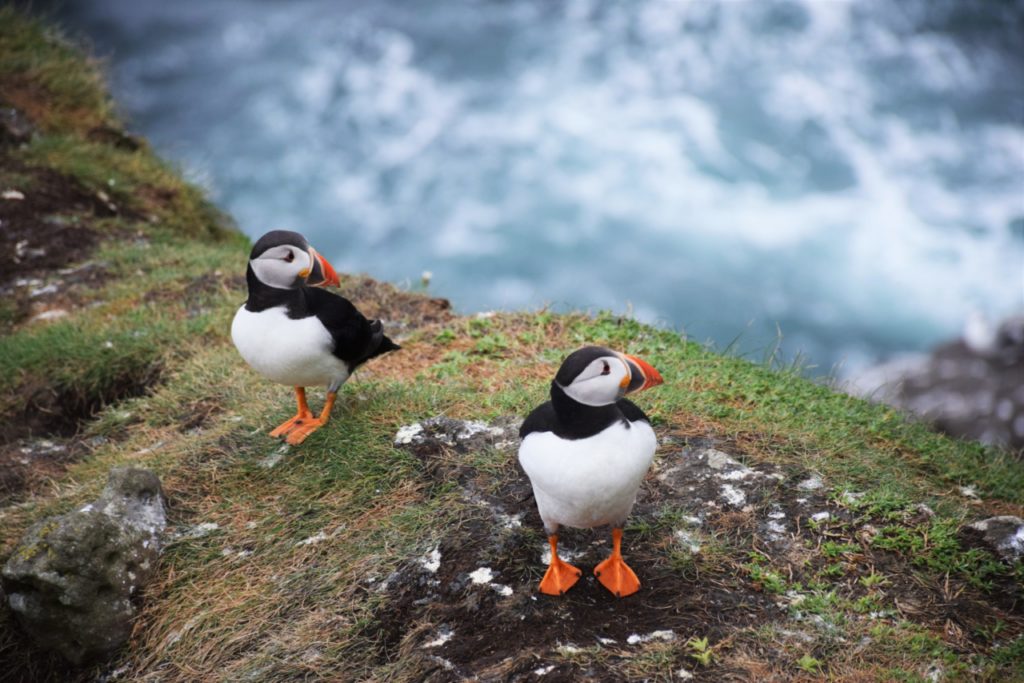
Birds are often the first animal you think of when you hear about migration, and for good reason. About half of the nearly 10,000 bird species in the world migrate, and there could be as many as 9 billion birds flying through the skies every autumn. Most migratory birds travel along major paths called flyways, which use easy-to-navigate landmarks and prevailing wind patterns to create direct routes to popular bird destinations. Birds will also stop mid-migration at key points to rest and refuel, which makes these flyways some of the best places to spot a bird migration.
PUFFINS
When: May – mid August
Where: Westman Islands, Iceland
For your daily dose of adorable, take a ferry to the island of Heimaey to see 8-10 million Atlantic puffins breeding and resting on the rocky cliffs that dot the coastline. If you think that’s a lot of puffins, you’re right – over 60% of the world’s entire Atlantic puffin population spend their summers in Iceland!
Add this to your vocab list: baby puffins are called pufflings!
SANDHILL CRANES
When: late March – early April
Where: Central Nebraska
Every spring, half a million Sandhill cranes stop for a drink in the wetlands of Nebraska’s Platte River Valley before continuing to breeding grounds in the north. Casual enthusiasts should grab a spot on a public viewing platform in Fort Kearney State Recreation Area, but if you’re serious about your Sandhills, spend the night in a private viewing blind and wake up surrounded by thousands of cranes flocking towards their breakfast.
BALD EAGLES
When: January – February
Where: Southern Oregon/Northern California
Millions of shorebirds and waterfowl fly in and out of the Klamath Basin National Wildlife Refuge throughout the year, but come wintertime, nearly 1,000 Bald Eagles descend upon the area to roost. It’s the largest gathering of Bald Eagles in the contiguous United States and a fantastic place to practice your birdwatching skills.
ARCTIC TERNS
We also have to mention the Arctic tern, which experiences the farthest migration of any animal on earth. Their annual journey takes them from pole to pole – but instead of flying in a straight line, Arctic terns glide in windstreams to save energy. This takes them on a zigzag route from Antarctica to Africa, then to South America, and finally up to Greenland where they breed and spend their summers. When winter arrives, they return to Antarctica along the same scenic route, covering as many as 44,000 miles in a single trip.
Fun fact: an Arctic tern can live up to 30 years – that’s over 1.5 million lifetime migration miles!
MAMMAL MIGRATION
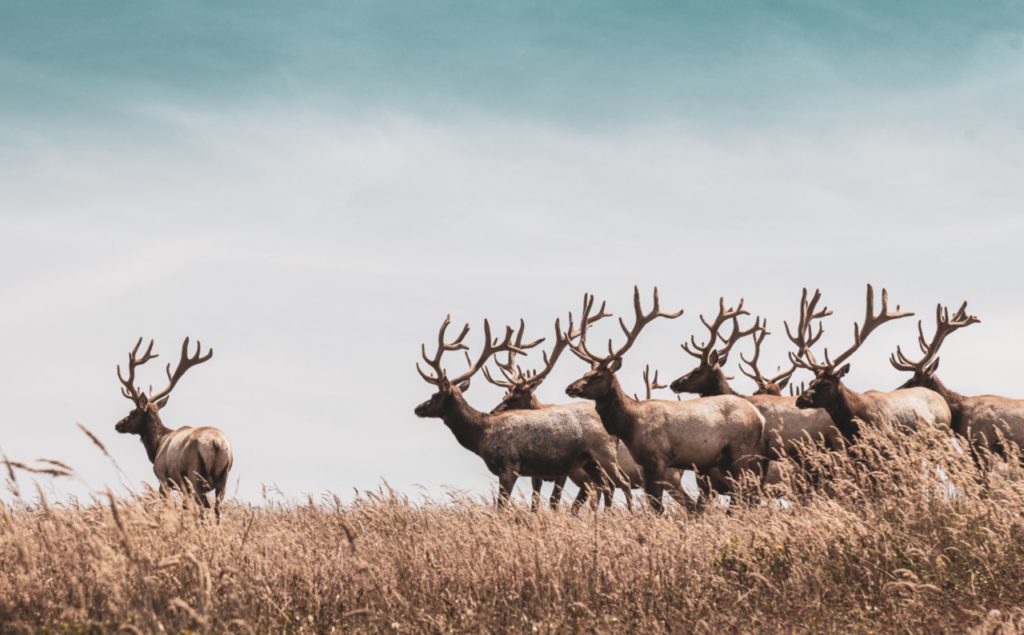
Most mammals are confined to walking on land, so their migrations tend to be shorter and slower – but that does not mean they are any less incredible to see!
CARIBOU
When: Early summer
Where: Northern Alaska
Head north to witness the world’s longest terrestrial migration. Each year, around 3 million caribou make a 2,000 mile journey between seasonal feeding grounds across the Arctic tundra. They spend their summers in the extreme north, a predator-free region that allows them to safely give birth, then go south during the winter for warmer climes. This guided tour takes you into northern Alaska for an incredible week of 24-hour sunlight, caribou sightings, and the stark beauty of the Arctic.
Bonus sighting: the caribous’ primary predator is the gray wolf, who keeps pace with the herds throughout their trip – which means they make the migration as well!
ELK
When: Late December – mid April
Where: Northwest Wyoming
Thousands of elk spend their spring and summers munching on fresh grass on the high plateau that surrounds Yellowstone and Grand Teton National Parks. But when the snow starts to fall, they migrate to lower elevations and congregate in a protected area known as the National Elk Refuge. Winter in the mountains is a magical time, and this excursion takes you on a horse-drawn sleigh ride through the Refuge where you’ll see the elk alongside the pronghorns, deer, and bighorn sheep who also joined the migration.
WILDEBEEST
When: Late summer – early fall
Where: Maasai Mara National Reserve, Kenya
Visit the Maasai Mara National Reserve in Kenya for a once-in-a-lifetime experience to witness one of the world’s most epic migrations. After wintering and calving on Tanzania’s Serengeti, 1.5 million wildebeests travel 1,000 miles to the Massai Mara grasslands in search of food and water. But the wildebeests aren’t alone – hundreds of thousands of zebras, elephants, gazelles, and other large mammals make this same journey, creating a “Great Migration” so large that it’s been called the 8th wonder of the world. Take a wildebeest wildlife migration tour in the late summer or early fall to see the animals congregate along the Mara River, but keep in mind that travelers head back to Tanzania when storms arrive in November.
Want to extend your Kenya vacation? Check out our guide to the best sustainable group tours in Kenya!
POLAR BEARS
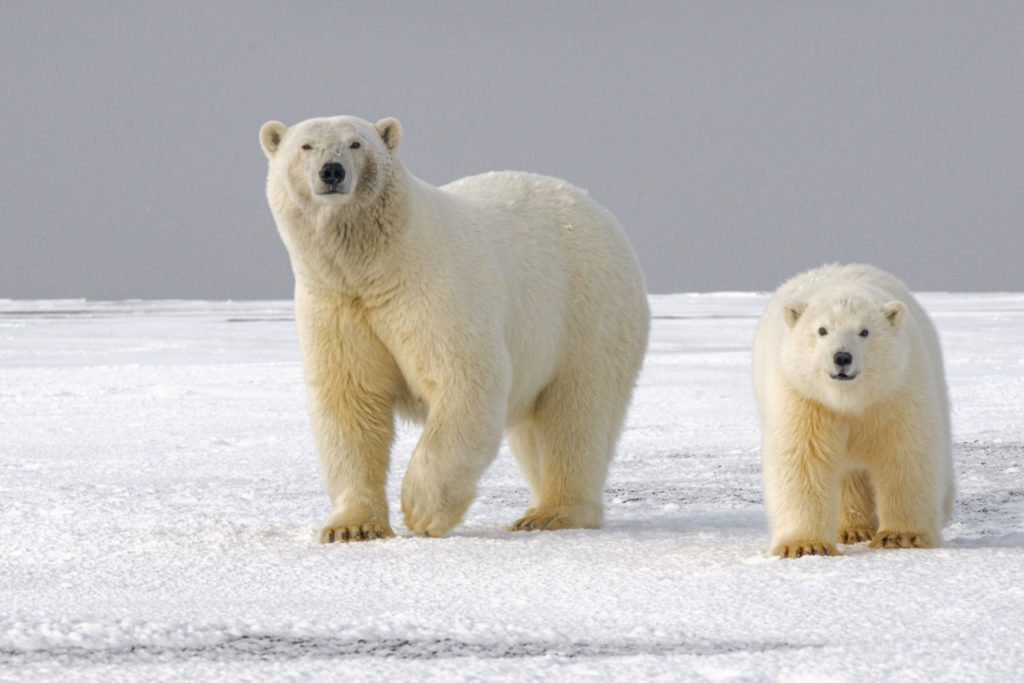
When: July – November
Where: Churchill, Manitoba
Churchill is a small town in northern Canada with a big distinction – every summer, it becomes the “polar bear capital of the world” when nearly 1,000 polar bears travel to the edge of Hudson Bay in anticipation of its winter freeze. Once the water is solid enough to walk on, the bears will travel across the ice in search of seals, whose fatty blubber is a necessary addition to the bears’ diet. There is cause for concern, however. Due to climate change, the Hudson Bay is freezing later and melting earlier. This creates a shortened hunting season for the bears, which means fewer opportunities to gain weight necessary for breeding, which in turn contributes to an overall population decline.
Three for the price of one: thousands of beluga whales also descend upon the Hudson Bay each summer as they travel up the Churchill River to calve. And if the whales and polar bears aren’t exciting enough for you, then turn your eyes to the skies for some epic northern lights – Churchill is also one of the best places in the world to see the Aurora Borealis.
GRAY WHALES
When: Mid December – mid April
Where: Baja Peninsula, Mexico
The gray whale has earned the distinction of not only being one of the largest animals in the world, but also having one of the longest mammalian migrations in the world. They spend their summers in the chilly waters of the Arctic’s Bering and Chukchi Seas where krill is plentiful, but newborn calves don’t have enough blubber to insulate them from the polar temperatures. So female gray whales travel over 5,000 miles to the tropical waters of the Baja Peninsula to give birth, making the return journey once their young can safely make the trip. Book this whale migration trip to witness these gentle giants breech and lobtail off the coast of Mexico before they head back north to feed.
OTHER ANIMAL MIGRATIONS
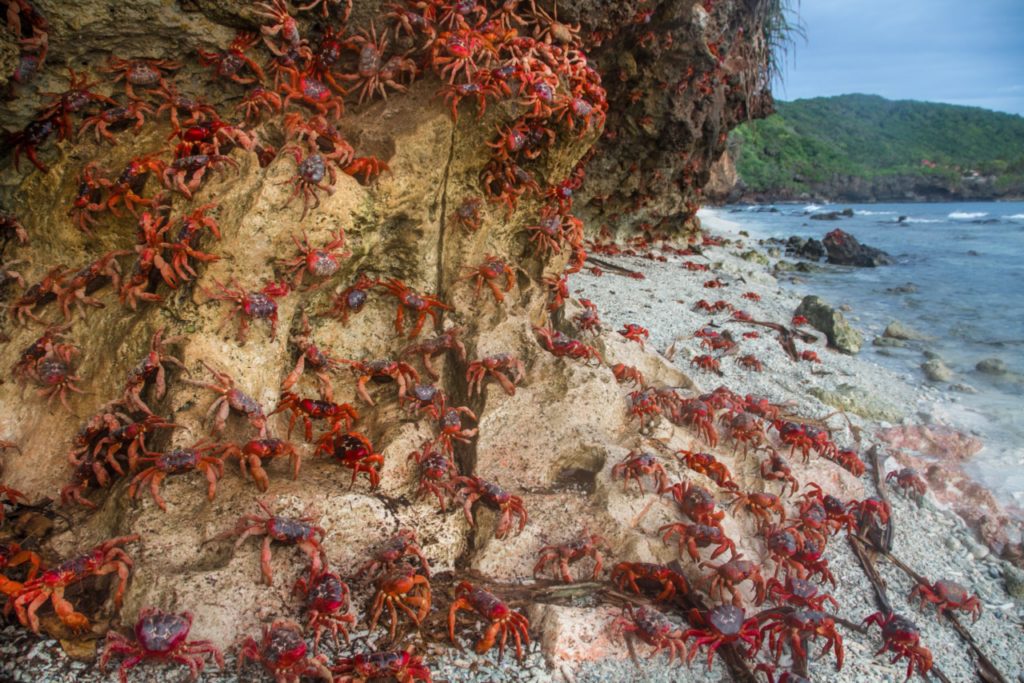
MONARCH BUTTERFLIES
When: January – March
Where: Monarch Butterfly Biosphere Reserve, Mexico
When the weather begins to cool in northeastern North America, millions of monarch butterflies head to the warm forests of southwest Mexico where they find protection in the branches of fir trees. If walking underneath a canopy of butterflies and listening to the flapping of a million wings is your thing, hop on a tour of the Monarch Butterfly Biosphere Reserve, located deep in the mountains near Mexico City.
An incredible example of instinct over learned behavior: The 3,000 mile round trip journey from Canada to Mexico and back to Canada is longer than a single butterfly’s lifespan. It takes anywhere between three and five generations of butterflies to complete a migration cycle, yet the offspring of each migrating monarch instinctively follows the same flight path and sometimes even roosts in the same tree as its ancestors.
SALMON
When: September – October
Where: Kamloops, British Columbia
Salmon spend most of their lives in open ocean waters but instinctively return to the rivers of their birth to spawn. This fish migration requires an upstream journey of hundreds of miles of intense rapids and waterfalls. In order to scale the rushing water, the salmon must leap out and over the rapids, which can understandably take a few tries to get right. Humans have it a lot easier – viewing platforms have been set up at key salmon run spots along the Adams River in Tsútswecw Provincial Park, making this one of the best animal migrations to witness in person. Keep an eye out for bears though. They also station themselves along the rivers, waiting with open mouths to catch a salmon mid-flight.
CHRISTMAS ISLAND RED CRABS
When: Late fall
Where: Christmas Island
There’s one last animal migration we have to mention, and it’s a big one. Just south of Indonesia lies tiny Christmas Island, home to 1,400 people and 120 million red crabs. They spend most of the year hiding in the forest, but come autumn, the island is blanketed with red crabs making their way to the ocean to breed. It is a WILD scene to witness. The crabs will climb over anything and everything in their way, so to help control the crab flow and protect them from vehicle traffic, island conservationists built “crab bridges” over main roads for the crustaceans to use. If you’re lucky enough to see this wildlife migration in person, know that the crabs get the right of way.
Tips on How to Experience the World’s Best Animal Migrations
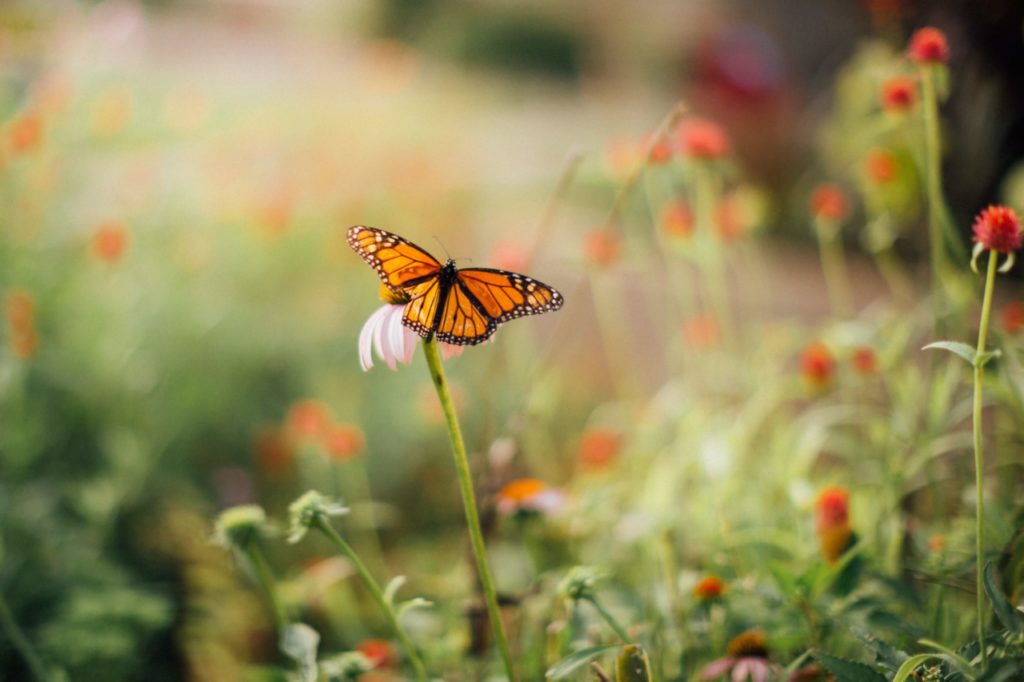
Witnessing an animal migration can be one of the most exhilarating and marvelous experiences of your life, but it’s important to remember that migration is an instinctive and necessary act for wildlife and your actions should never impact their journey. Here are some tips for creating a safe, sustainable, and enjoyable migration viewing experience.
- Do not approach the wildlife and don’t trespass on private property to get a closer look.
- Always stick to designated wildlife viewing areas or roadside pull-offs and avoid using paths that have been designed for animal use.
- Carry the right gear – bring drinking water no matter how long you’re planning to be outside, and a good pair of binoculars.
- You’re obviously going to take a ton of pictures during the migration event, but remember to practice ethical photography. Bright lights and flash photography can startle animals and possibly lead them off course, so dim your phone screen as low as possible, turn off your camera’s flash, and double check the reserve’s rules on drone photography.
- Dress for success! You’ll likely be spending a lot of time outdoors when viewing wildlife, and temperatures can change quickly. Pack a hat, waterproof shoes, lightweight clothes that layer easily, and a tube of sustainable sunscreen.
- Don’t forget to set the alarm: sunrise and sunset are often the best times to spot wildlife, so plan to be at your viewing spot 15 to 20 minutes before the animals start to stir.





